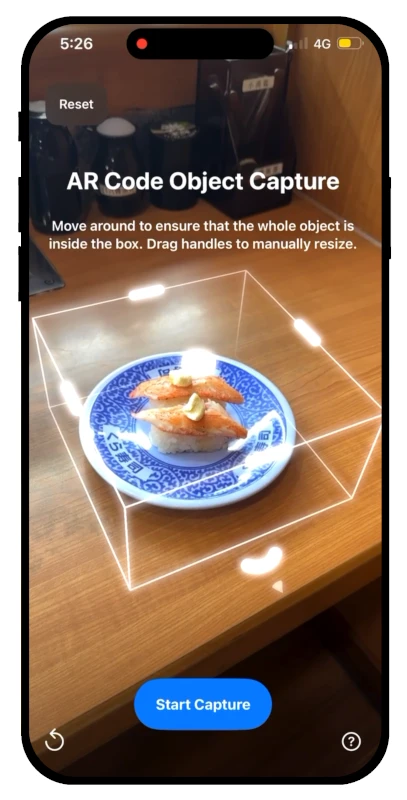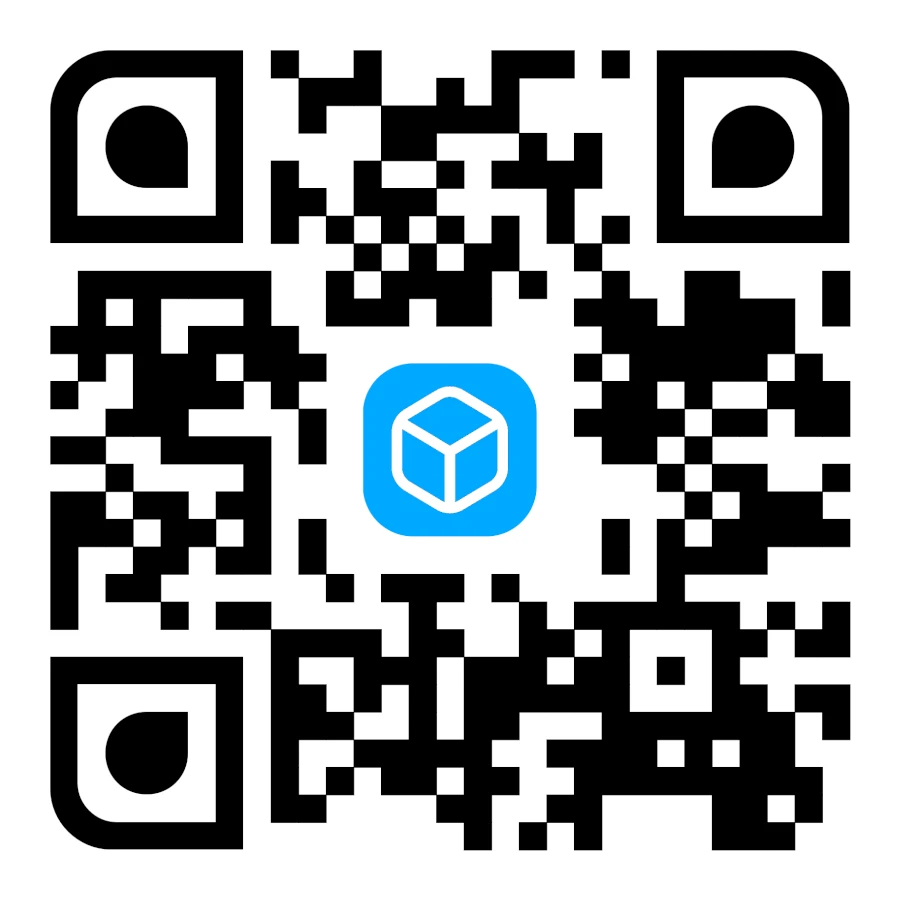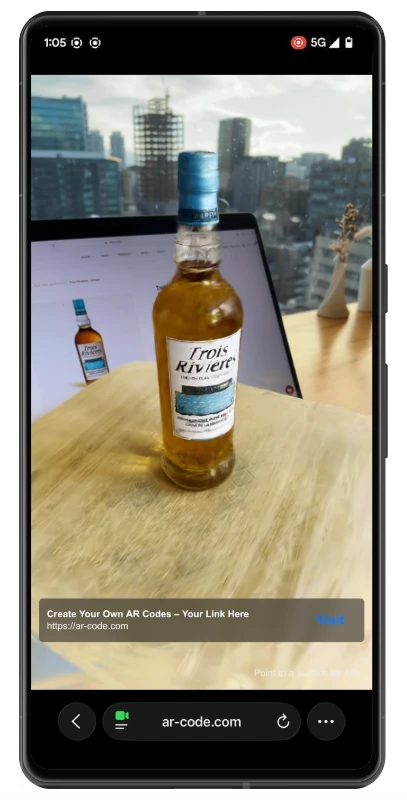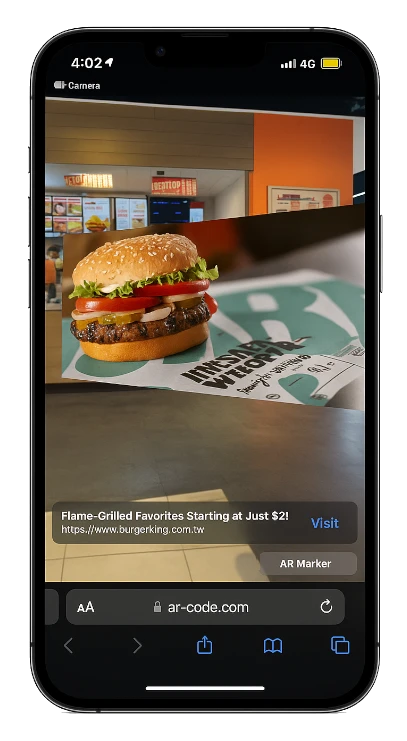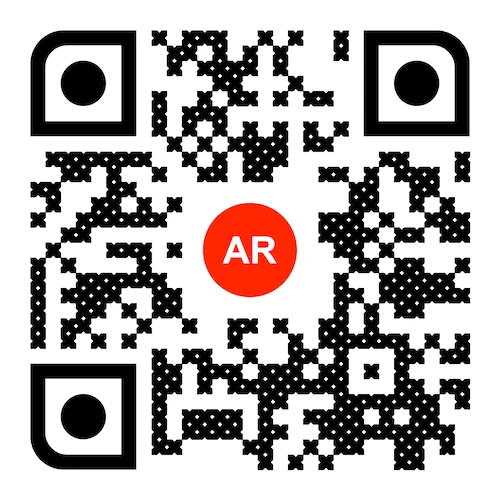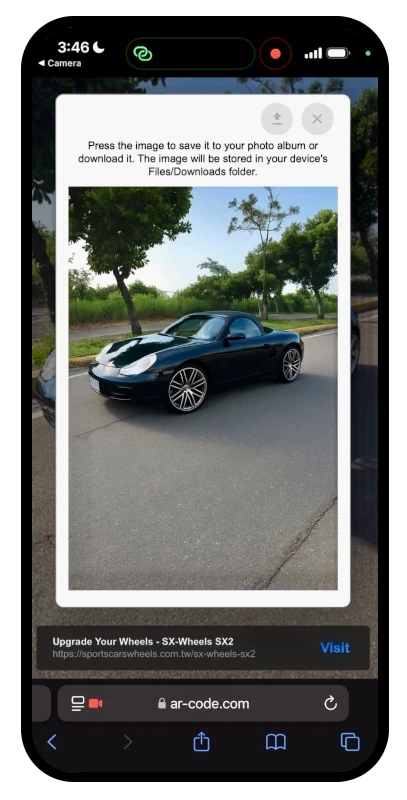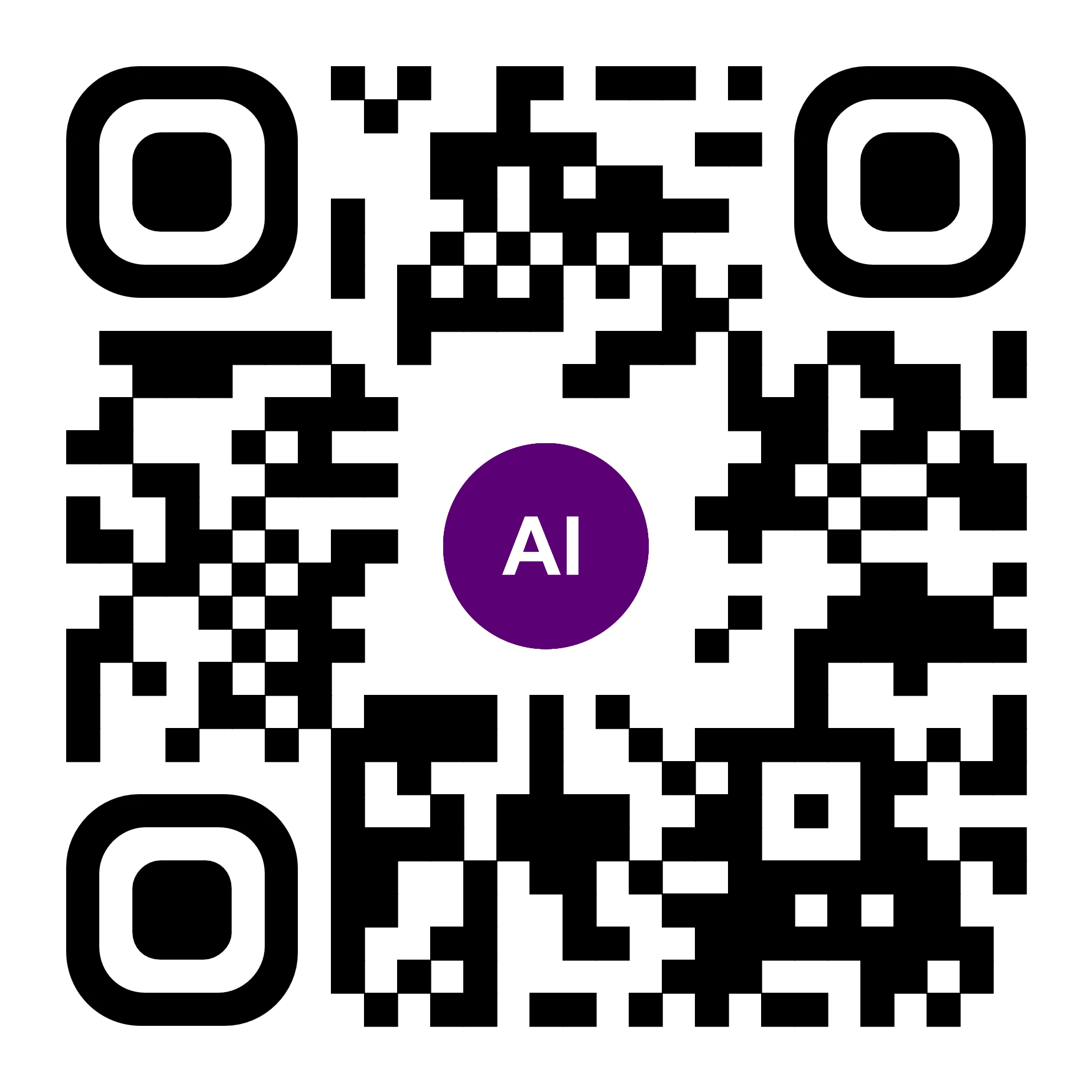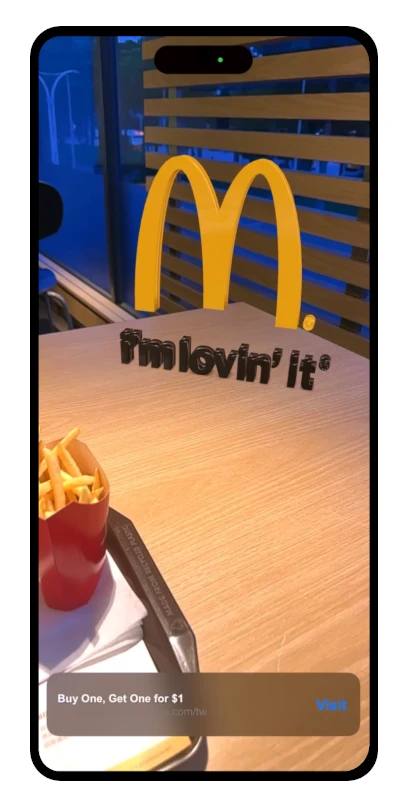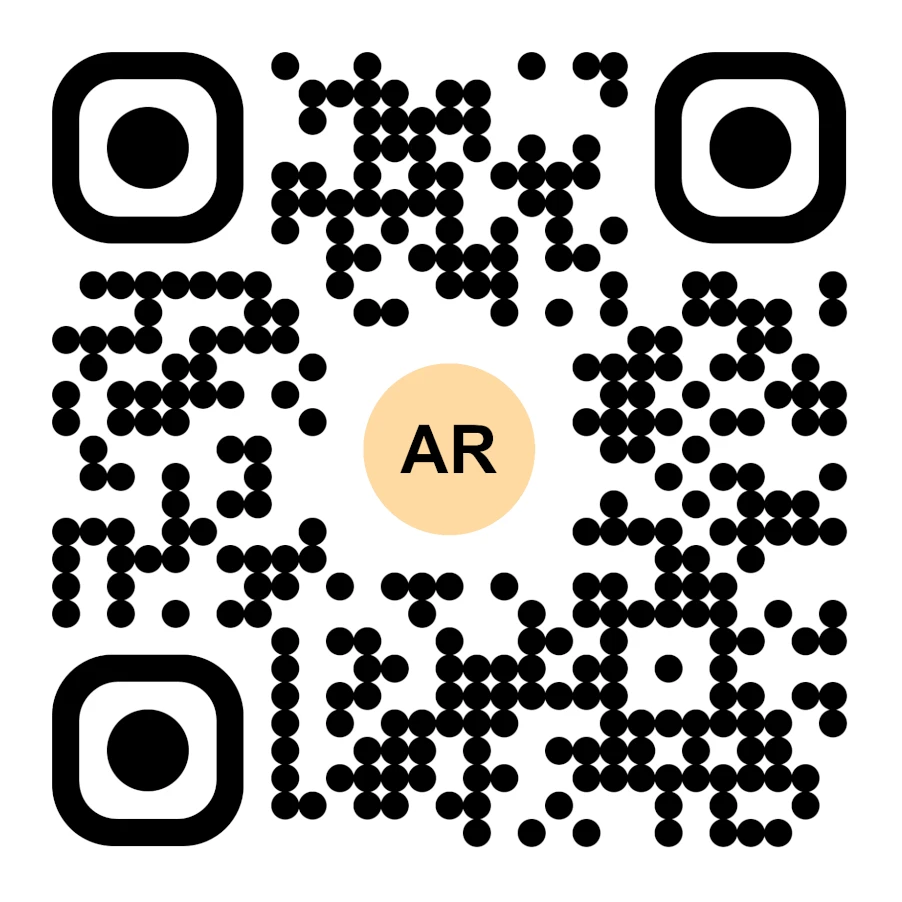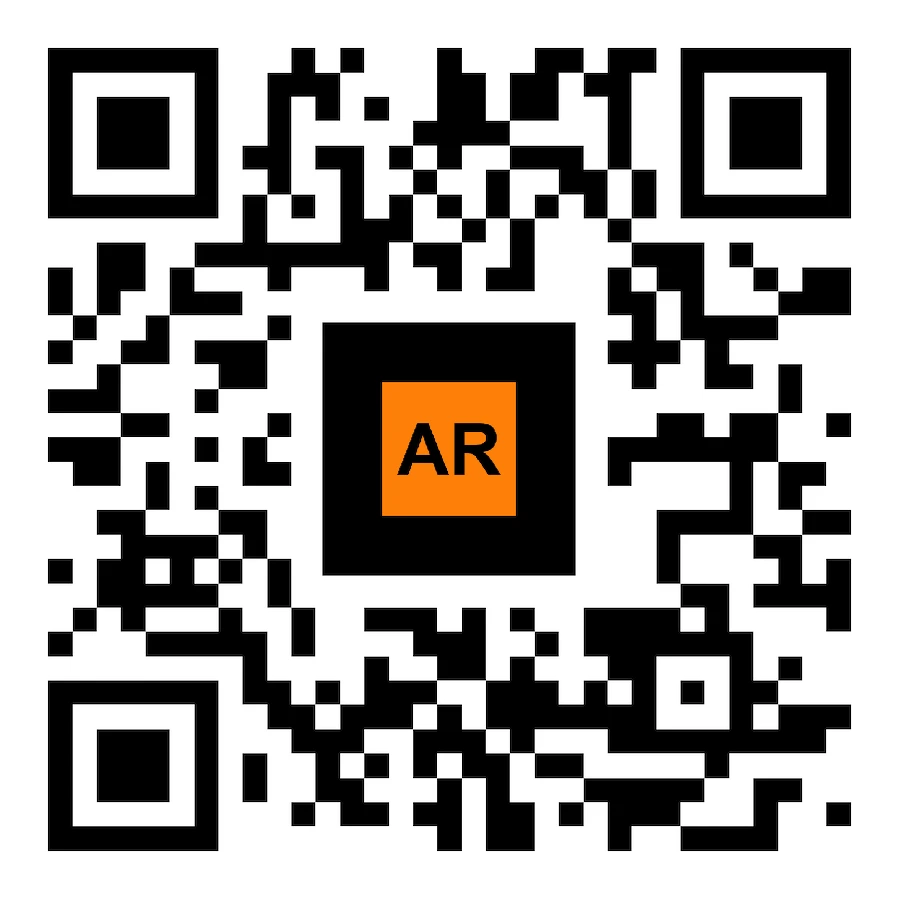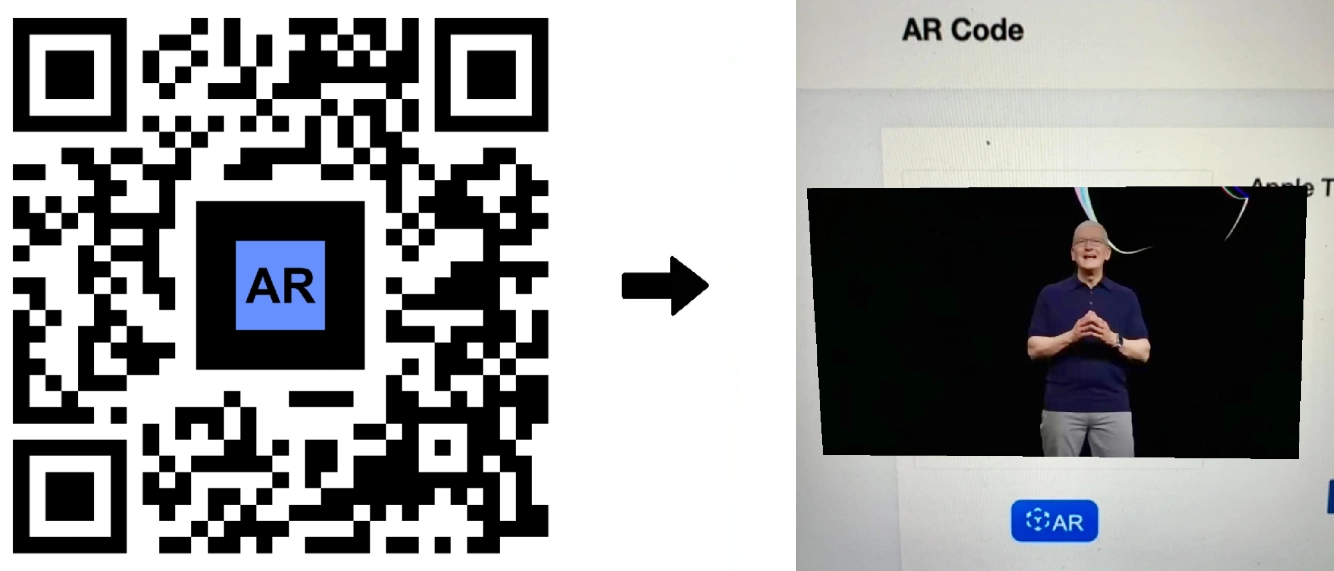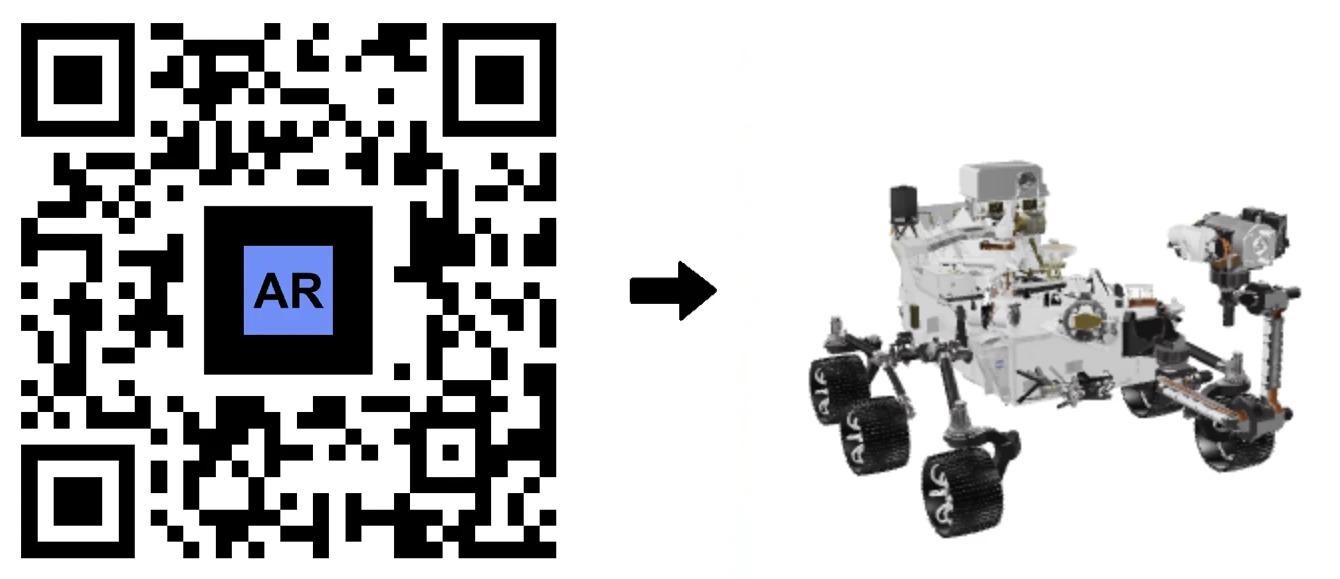8th Wall Is Shutting Down: Timeline, Impact, and the Best 8th Wall Alternative for WebAR
WebAR | 04/12/2025 |
The WebAR landscape is undergoing a major shift with the announcement that 8th Wall, a leader in browser-based augmented reality, will be phased out after more than seven years. This development creates urgent questions for developers, agencies, and brands: What will happen to active AR projects? How long will hosting remain available? Which 8th Wall alternative best supports ongoing and future WebAR strategies?

This article details the official 8th Wall shutdown timeline and its business impact. Learn how to manage the transition and discover why AR Code stands out as the top WebAR solution for organizations seeking a robust, scalable, and innovative augmented reality SaaS platform.
8th Wall: A WebAR Pioneer
8th Wall set the standard for browser-based AR, enabling immersive experiences without dedicated app downloads. Through technologies like JavaScript, WebGL, and HTML5, it powered:
- Augmented reality marketing campaigns
- Interactive product visualizations and virtual try-ons
- Immersive entertainment and cultural storytelling
- Custom AR experiences by creative agencies
Niantic’s acquisition of 8th Wall, the company behind Pokémon GO, highlighted its influence. The decision to discontinue the service will leave a broad impact across the AR industry.
8th Wall Shutdown Schedule: Key Milestones
The 8th Wall closure will proceed in phases. Staying informed of these dates helps with migration planning and client communication.
Until 28 February 2026: Full Access
- Developers retain login and project editing privileges.
- Exporting projects and assets is supported.
- New account registrations accepted until cutoff.
From 28 February 2026: Access Ends
- No new logins or account creation.
- Project editing, creation, and export become unavailable.
- Existing hosted content stays online in a locked state.
28 February 2026 to 28 February 2027: Hosting-Only Phase
- Live 8th Wall AR projects remain accessible to end users.
- Campaigns tied to these experiences continue temporarily.
- Ongoing management or editing is not possible.
After 28 February 2027: Hosting Offline
- 8th Wall hosting is permanently switched off.
- All project data is deleted per the platform’s data policy.
- Links and QR codes referencing 8th Wall will no longer function.
Brands and developers have a limited window to export assets, wrap up campaigns, and migrate essential AR experiences to a new platform before everything is decommissioned.
Open Source: What to Expect
8th Wall has stated plans to open source certain components and documentation for ongoing community benefit. While this supports experimentation, it does not solve commercial WebAR deployment needs:
- Open source releases do not offer the reliability or service levels of a managed SaaS platform.
- Enterprises require guaranteed uptime, robust security, and professional support.
- Brands depend on predictable hosting and straightforward licensing.
Experimentation remains possible, but operational AR campaigns call for a reliable SaaS platform.
Who Is Affected?
Developers
Developers must adapt to new platforms. Existing AR skills remain relevant, but expect changes in APIs, workflows, and deployment tools.
Agencies and Studios
Agencies should:
- Communicate the shutdown timeline with all clients.
- Audit active and evergreen AR campaigns.
- Plan critical project migration to prevent disruptions.
Brands and Organizations
Those leveraging 8th Wall for product packaging, retail, events, or training must assess whether to maintain existing AR experiences until shutdown or migrate early. Building new experiences on a soon-to-be-retired platform no longer supports a sustainable business strategy.
The Need for a Reliable 8th Wall Alternative
When a platform’s end of service is fixed, risk becomes strategic. Teams require continuity for marketing, commerce, and training. An ideal alternative to 8th Wall should deliver:
- Robust, long-term WebAR hosting
- Transparent, business-focused licensing models
- No-code/low-code AR creation tools for teams without technical backgrounds
- Seamless QR code and clickable link experiences
- Full support for next-gen AR devices and standards
AR Code checks all these boxes, making it the optimal choice for businesses transitioning from 8th Wall.
AR Code: The Leading WebAR SaaS Platform
AR Code enables organizations to deliver augmented reality through AR QR codes and direct links, without app downloads. The platform empowers marketers, educators, and product teams to launch high-impact AR campaigns—no coding required. Learn more with the AR Code SaaS guide.
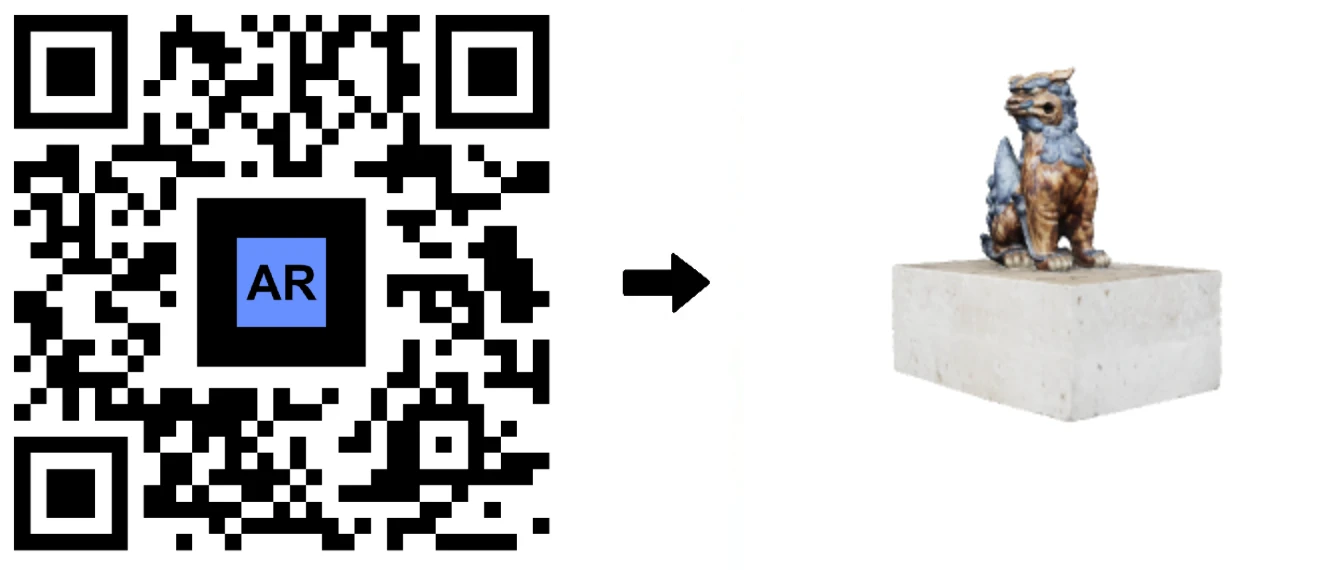
No-Code and Low-Code AR Creation
AR Code offers intuitive, no-code tools for quickly creating interactive AR content. Predefined content types include:
- AR Code Object Capture: Create high-quality 3D models with object scanning for product visualizations, retail, or education. Start with our Object Capture tutorial.
- AR Splat: Generate AR Codes from a single video upload for photorealistic 3D renderings. Learn more in the AR Splat guide.
- AR Text: Produce eye-catching 3D messages for dynamic marketing or education. See our AR Text video tutorial.
- AR Photo: Transform images into immersive AR experiences. Follow the AR Photo tutorial to get started.
- AR Portal: Build 360° AR environments for virtual tours or storytelling. Try our AR Portal step-by-step tutorial.
- AR Logo: Bring logos to life with interactive 3D animations for branding and retail.
- AR Data API: Connect AR content to real-time dashboards, IoT devices, and analytics.
- AR Face Filters: Add branded AR face effects to delight and engage your audience.
- AI Codes: Enhance AR with AI-driven interactive experiences for impactful customer engagement.
- AR Videos: Embed rich video content in real-world environments using AR QR Codes. See our AR Video guide.
Users access content by scanning an AR Code or clicking a link, ensuring frictionless deployment on packaging, displays, print, or digital channels. Learn how to scan AR codes for seamless user experiences.
Purpose-Built for Business
AR Code’s commercial-grade SaaS infrastructure scales with your organization. Clear licensing, business-focused support, and self-serve onboarding make it easy for teams moving from 8th Wall to maintain or expand AR campaigns across advertising, education, and retail.
Future-Proof for New Devices
AR Code supports the latest in AR hardware, including the Apple Vision Pro and emerging spatial computing interfaces. This means your AR content will remain accessible and relevant as new devices and user experiences enter the market. Discover platform compatibility in our Apple Vision Pro guide.
How to Migrate from 8th Wall to AR Code
Migrating from 8th Wall to AR Code is straightforward and risk-free. Here’s a recommended process:
- Open an AR Code account and explore AR content options.
- Identify top-priority 8th Wall experiences and rebuild them with AR Code’s user-friendly tools.
- Deploy new AR Codes across product packaging, brochures, marketing collateral, or digital campaigns.
- Test experiences on key devices and optimize the user flow as needed.
- Phase out old 8th Wall URLs and fully transition to your modern, supported AR solution.
8th Wall's closure marks a major turning point in the WebAR industry. To secure the future of your augmented reality projects, migrate to a sustainable SaaS platform like AR Code that combines ease of use, robust business resources, and a forward-looking roadmap.
Continue delivering leading AR experiences with AR Code. Sign up today and reimagine your WebAR strategy using scannable QR codes and links tailored for business, education, and marketing at scale.
Get started at ar-code.com to shape your next-generation WebAR experiences—no developer needed.
Frequently Asked Questions
When does 8th Wall stop working?
Full access to 8th Wall ends on 28 February 2026; project management and exports will no longer be possible. Hosted AR content remains online until 28 February 2027, after which hosting is switched off and project data is deleted.
Do I need to migrate away from 8th Wall immediately?
Remaining on 8th Wall is an option during the hosting window, but early migration to a reliable SaaS platform like AR Code allows time to export, rebuild, and test before hosting goes offline in 2027.
Are open source components enough for production WebAR?
Open source projects are useful for learning and prototyping, but business AR requires managed hosting, maintenance, analytics, and compliance. Commercial WebAR is best delivered via professional SaaS platforms.
Which platform should I consider as an alternative to 8th Wall?
For brands, marketers, and educators, AR Code is a top alternative, offering WebAR through AR-enabled QR codes and links, intuitive creation tools, transparent pricing, and future-ready device support.
WebAR - Latest Blog Posts
3DQR vs AR Code: A Comparative Study of QR Code-Based Augmented Reality Solutions
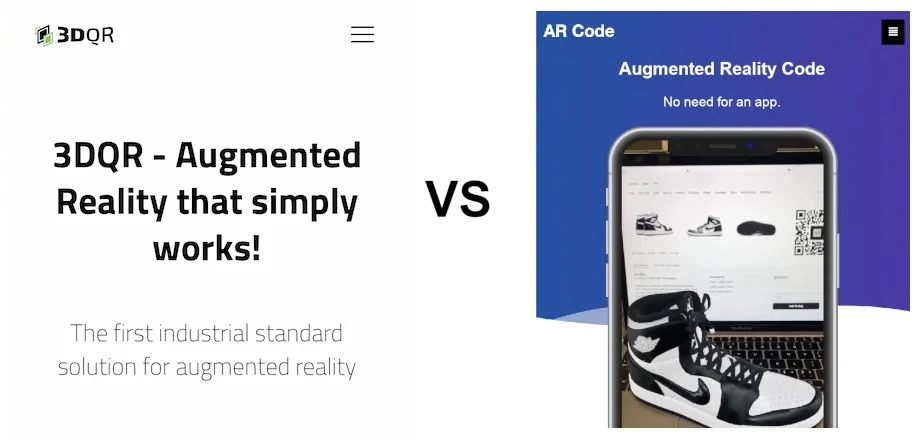
Augmented Reality is transforming business engagement and operational efficiency across industries. AR Code and 3DQR are leading AR SaaS platforms that empower organizations to deliver immersive digital experiences, drive customer engagement, and increase ROI. This side-by-side comparison explores their features,...
Blippar VS AR Code: WebAR SaaS Platforms Compared
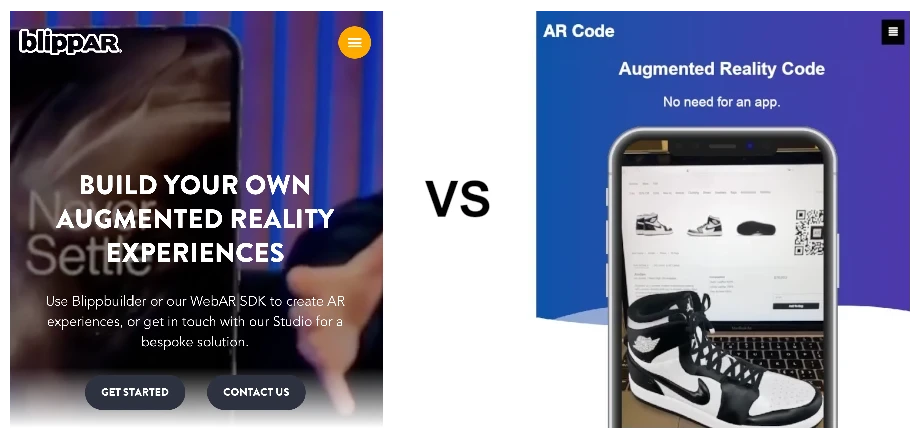
WebAR solutions such as AR Code and Blippar are transforming business customer engagement through interactive augmented reality. No app downloads are required, which streamlines immersive experiences across marketing, packaging, retail, and events. By embedding AR content directly into customer touchpoints, businesses...
8thWall VS AR Code: Comparing WebAR SaaS for Your Business
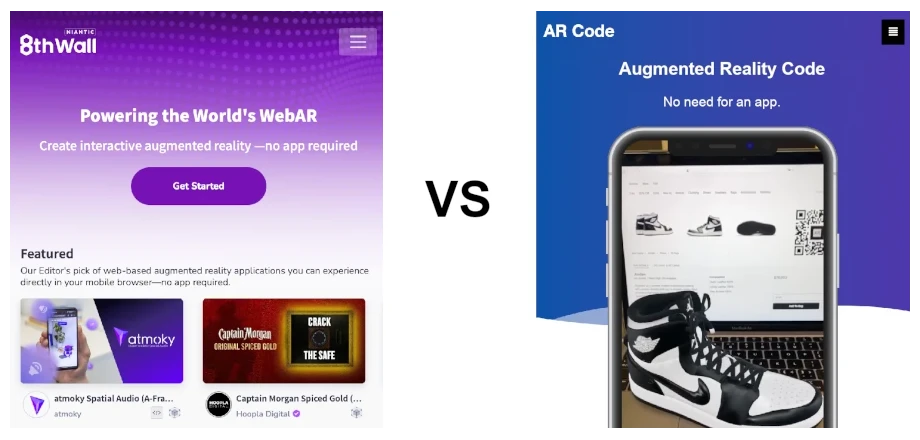
Web-based augmented reality (AR) is revolutionizing how businesses enhance client engagement and showcase products. Leading platforms such as AR Code and 8thWall empower companies to launch interactive AR experiences directly in browsers—no app downloads required. With this seamless accessibility, AR marketing and...
140,340 AR experiences
538,288 Scans per day
127,120 Creators
